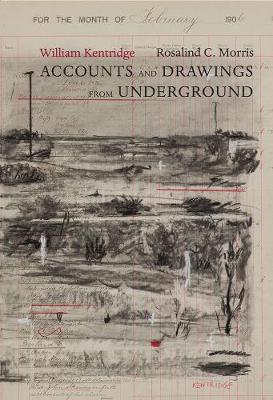The Africa List - (Seagull titles CHUP)
2 total works
For more than three decades, artist William Kentridge has explored in his work the nature of subjectivity, the possibilities of revolution, the Enlightenment's legacy in Africa, and the nature of time itself. Though his pieces have allowed viewers to encounter the traditions of landscape and self-portraiture, the limits of representation, the possibilities for animated drawing, and the labor of art, a guide to understanding the full scope of his art has been unavailable until now. For five days, Kentridge sat with Rosalind C. Morris to talk about his work. The result - That Which Is Not Drawn - is a wide-ranging conversation and deep investigation into the artist's techniques and the psychic and philosophical underpinnings of his body of work. In these pages, Kentridge explains the key concerns of his art, including the virtues of bastardy, the ethics of provisionality, the nature of translation, and the activity of the viewer. And together, Kentridge and Morris trace the migration of images across his works and consider the possibilities for a revolutionary art that remains committed to its own transformation.
Here, in this engaging dialogue, we at last have a guide to the continually exciting, continually changing work of one of our greatest living artists.
Here, in this engaging dialogue, we at last have a guide to the continually exciting, continually changing work of one of our greatest living artists.
Accounts and Drawings from Underground
by William Kentridge and Rosalind C. Morris
Published 3 March 2015
Over the last twenty years, William Kentridge has built a world-wide reputation as a contemporary artist, best known for his series of ten animated films created from charcoal drawings. The films introduced a significant character in contemporary fiction: Soho Eckstein, a Highveld mining magnate and Kentridge's alter ego. In The Soho Chronicles, Kentridge's brother, Matthew, shares a never-before-seen perspective on both William and Soho that sheds new light on the creator and his alter ego. Richly illustrated, the book includes a special feature that connects with smartphones and tablets. In Accounts and Drawings from Underground, William Kentridge and Rosalind C. Morris bring us an unprecedented collaboration using the pages of the 1906 Cash Book of the East Rand Proprietary Mines Corporation. Kentridge contributes forty landscape drawings in response to the transient terrain mining, while Morris plumbs the text of the cash book to generate a unique narrative account, drawing together the stories of migrant laborers and charting the flows of capital and desire.

